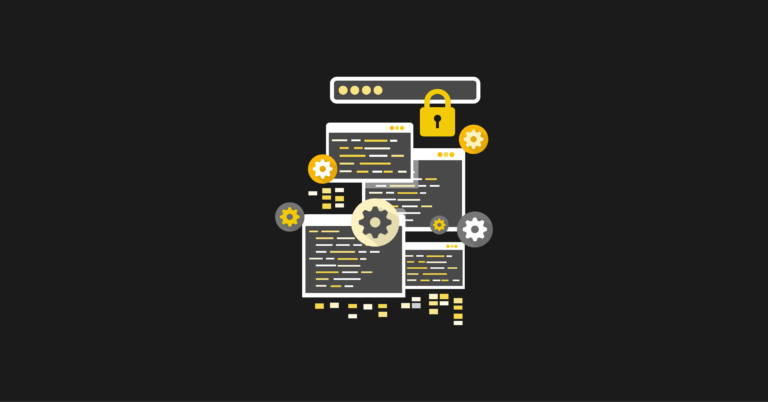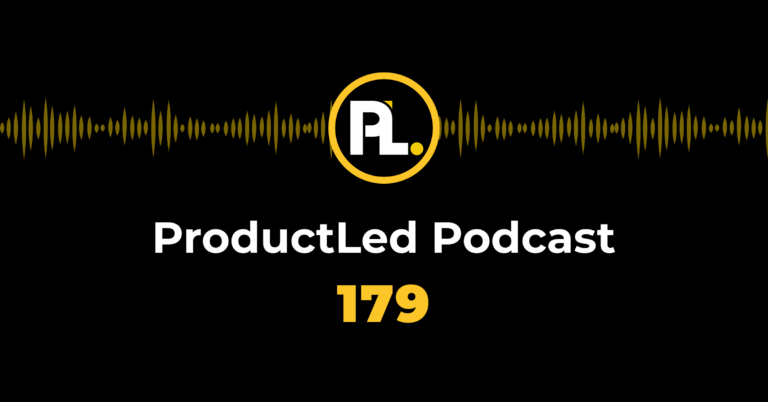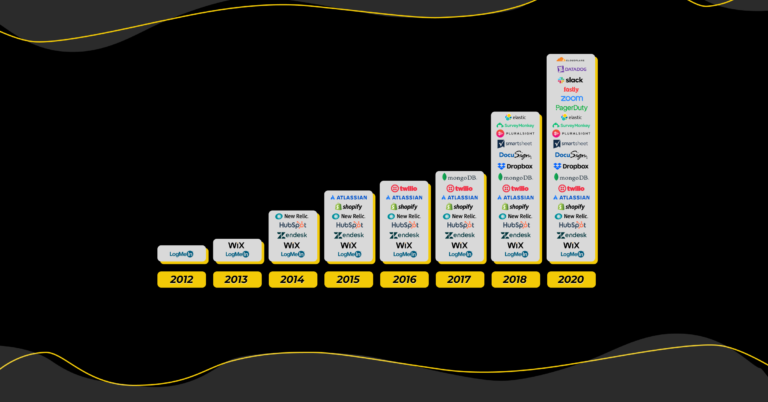A company’s future depends on understanding your market's evolving needs and expectations shaped by external forces. And a basic understanding of trend forecasting can help product managers find, sort, and act on insightful “signals of change” and identify which trends have staying power.
While trend forecasting can feel like reading coffee grounds or voodoo, it’s all about finding evidence and data to guide decision-making and is a lot like product management.
But how do you identify those signals?
I’m about to show you how with the help of relevant real-world examples:
- The Balance of Discovery and Delivery
- Trends 101
- How to Identify Trends with Trend Forecasting Techniques
The Balance of Discovery and Delivery
Most companies spend more time in delivery than in discovery. This is dangerous. Continual product evolution–necessary for product-led growth–requires us to consider how the future of our product will take shape.
But why are most companies not spending time on discovery?
Let’s use the Eisenhower Matrix to show why this is. If each task is plotted on the matrix, with urgency on the X-axis and importance on the Y-axis, you’ll see how discovery tends to get left behind.
For example, if things are both urgent and important the task would be placed here:

These issues are no-brainers. It’s not hard to get buy-in from stakeholders when we need to fix something that’s on fire. These are incidents when you might need a postmortem or have a deadline to submit an update to the app store.
Things that are urgent but not important look like this:
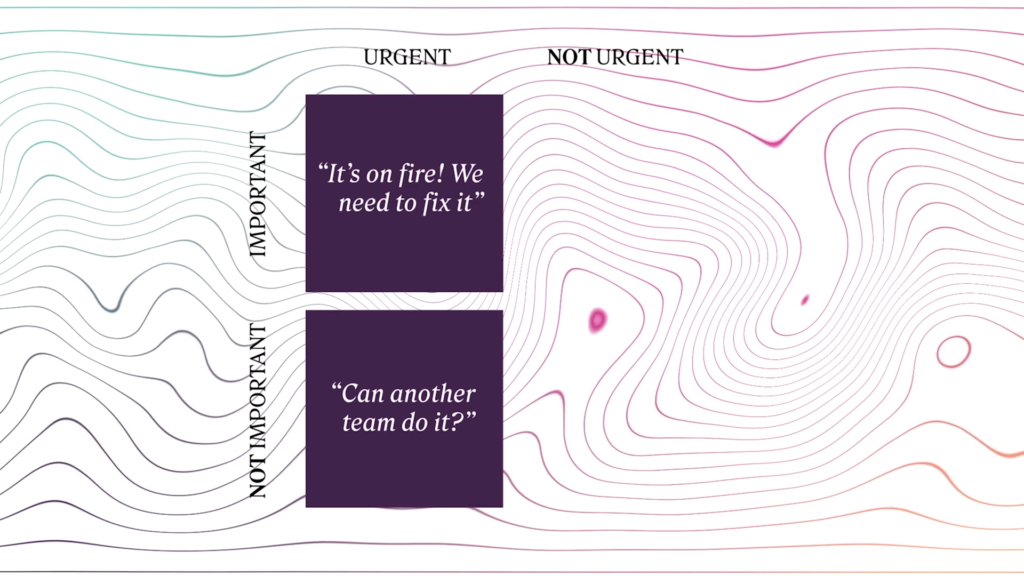
Think of a scenario where classic product skill delegation comes into play. For example, a product manager might look for a team whose area of ownership is better suited to handle something urgent.
Next up are things that are neither important nor urgent:
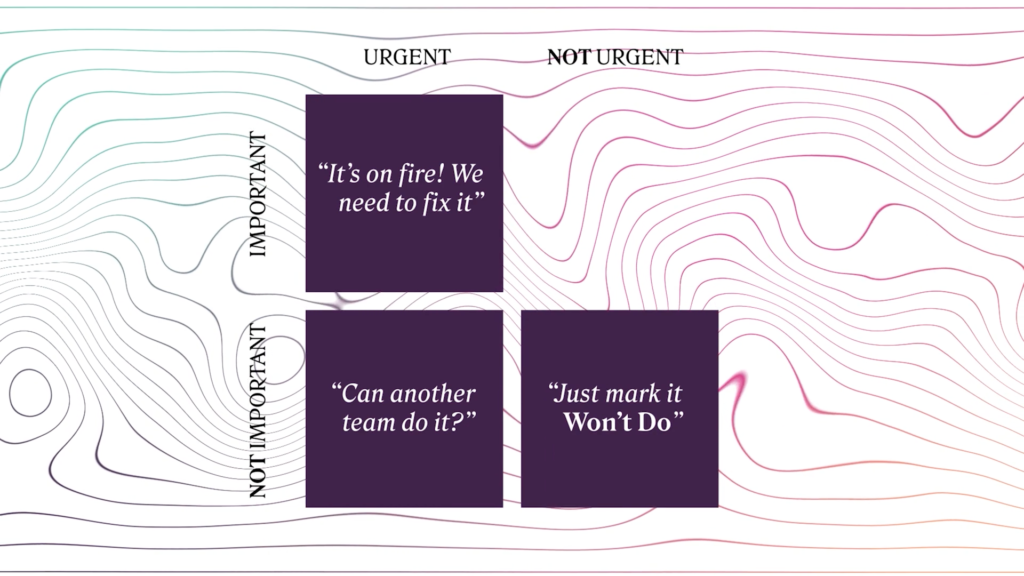
Finally, things that are important but not urgent:
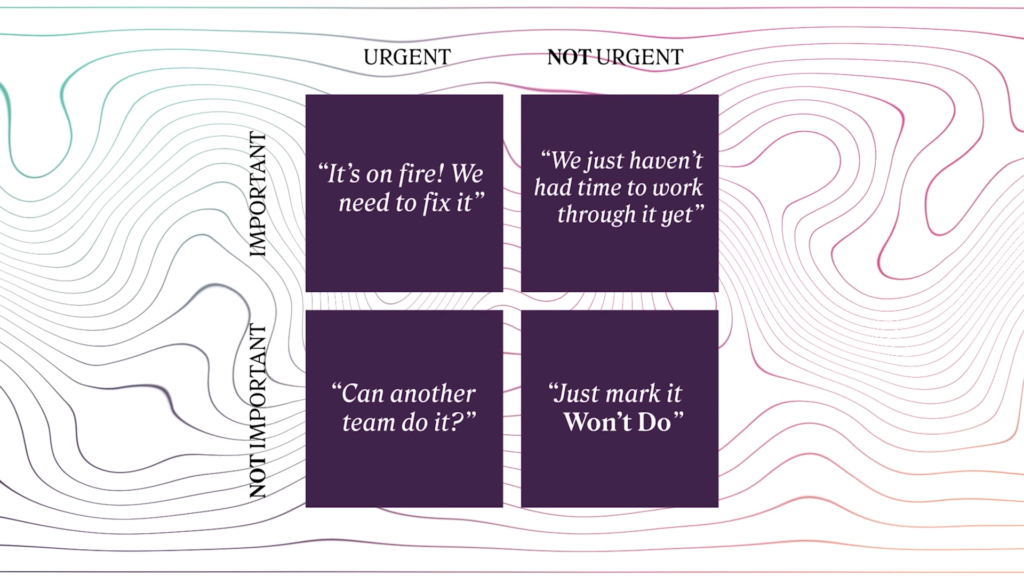
More often than not, product teams don't carve out the time to focus on these items.
When asked about future plans, they might respond with something like, "We just haven't had time to work through it yet."
And this is where the problem lies—not taking the space to think about the important but not urgent tasks. Then we find ourselves focusing on tasks that fall into the other three quadrants simply because they're easier to understand or articulate to our teams for quick wins.
Product managers can better focus on important but not urgent work to prepare their products for the future through trend forecasting techniques.
But how exactly do you forecast trends anyways?
Before we dive into trend forecasting for product managers, let's first guide you through Trends 101.
Trends 101
There are three key things you need to know about trends.
#1: Don’t mistake trend with trendy.
A trend is not the latest fashion job, nor is it the newest diet craze. Instead, a trend is a direction in which something tends to move and has a consequential impact on society, culture, and business.
#2: A trend is the sustained manifestation of change.
For example, let’s look at the taco cleanse diet. In 2016 people were up in a craze to eat everything in a tortilla. And when we look at the search query data, we can see this is clearly not a trend.
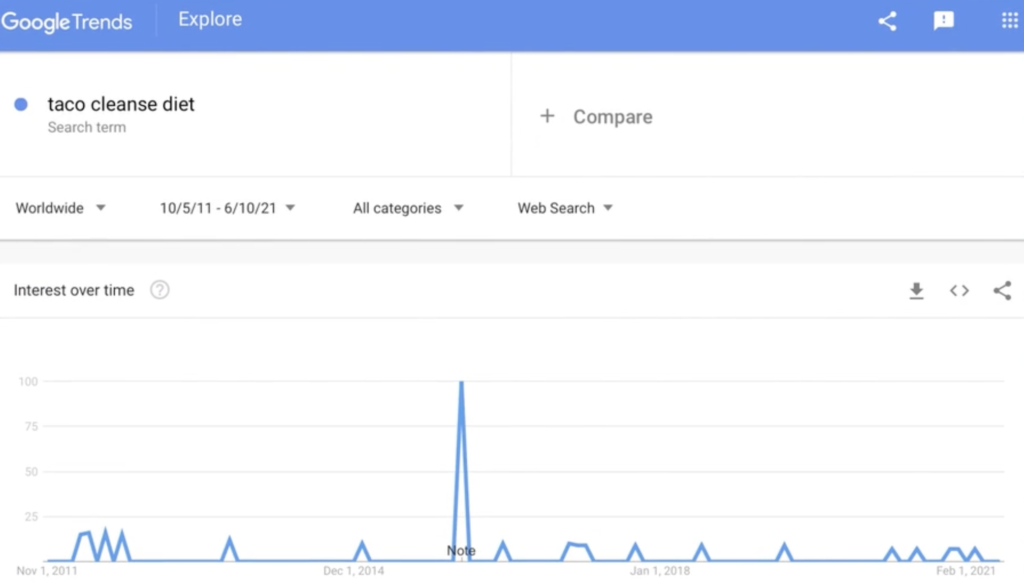
Meanwhile, take a look at the rise of the circular economy over the last ten years, in the same ten-year period as the taco cleanse diet.
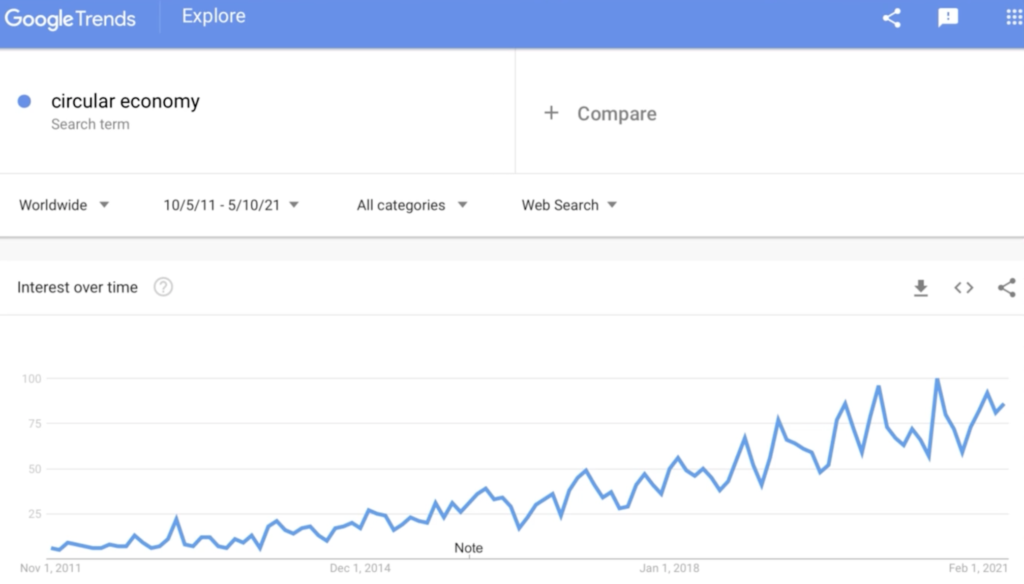
The search query data show a sustained upward trend that will most likely continue.
#3: Trend Forecasting
Trend Forecasting is an evidence-based approach to paint a picture of what the future is likely to be through systematically organizing and assessing quantitative and qualitative data.
Now that you have more insight into what a trend is let's dive into identifying and assessing trends that impact your industry.
How to Identify Trends with Trend Forecasting Techniques
Let's examine how trend forecasters identify and assess trends. We’ll do this through the lens of a product manager who needs to focus on that important (but not urgent) work to prepare their products for the future and sustain product-led growth.
#1: Make sense of signals.
A signal is simply an indication of a situation or discrete events like an announcement, press release, product launch, natural disaster, or the start of a pandemic.
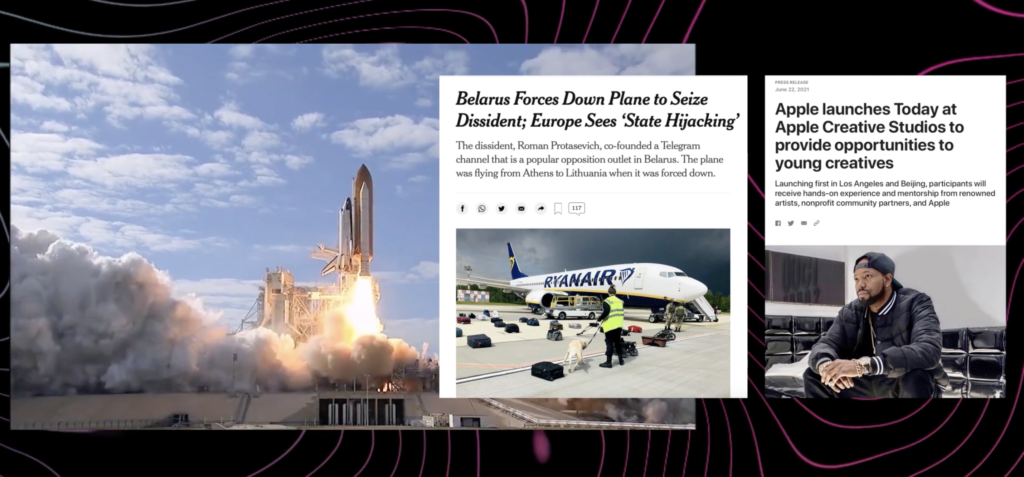
Trend forecasters keep a pulse (on seemingly) all the signals out there. From daily news headlines to Instagram shops, the launch of a new investment fund, and so much more.
Trend forecasters aren’t doing this in isolation, either. Instead, they’re looking far and wide across different geographies and populations to see which new business sectors are emerging or how different generations communicate and interact.
It’s similar to how product managers handle their influx of signals coming in from all directions. Such as what your teammates are sharing on Slack or the freshest products on Product Hunt.
Product managers need to comprehend all the signals coming from a million directions, just like trend forecasters.
The first technique that product managers can use from trend forecasting is organizing those signals to make sense for their mental models. A simple, low-tech approach to manage signals is making a Trello card for each article, announcement, screenshot, or whatever's relevant.
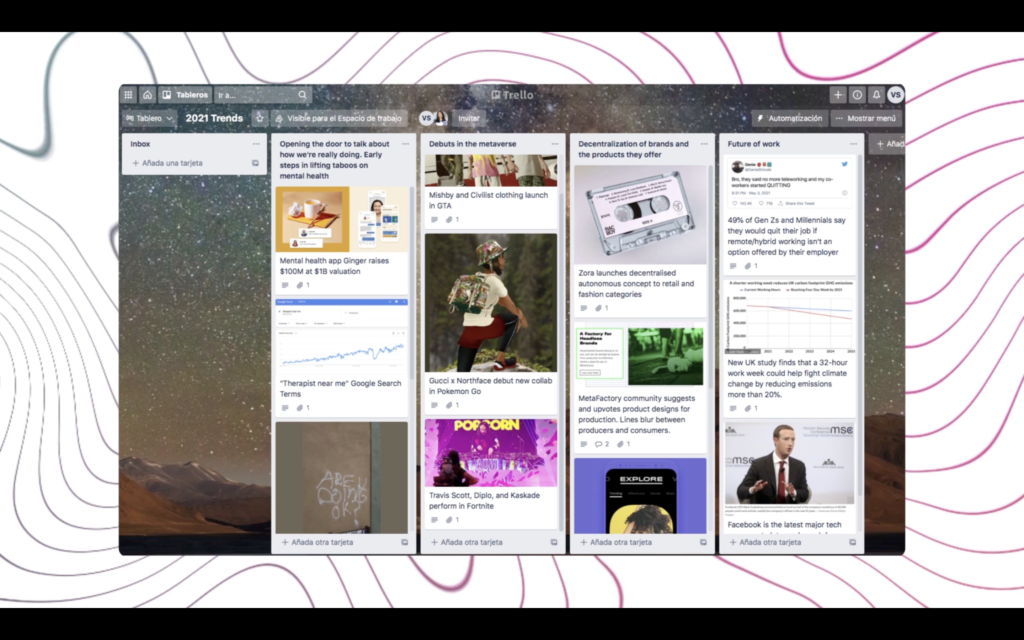
Then use columns to organize those signals into common patterns.
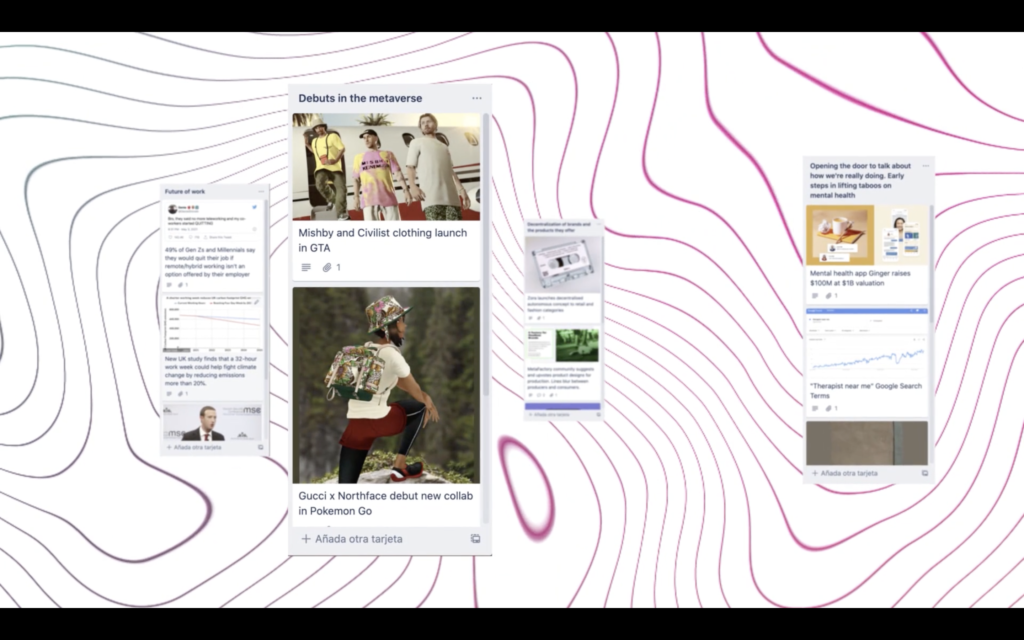
This ultra-simple approach will help a team stay organized and ensure nothing is misplaced.
Or you could take it one step further and create a Slack channel, where your team shares industry or adjacent industry news.
The idea is to organize and keep track of the signals that could prepare you for the future.
For example, Hotjar created a slack channel called #market-pulse for the team to consolidate and organize signals they think may have future relevancy.
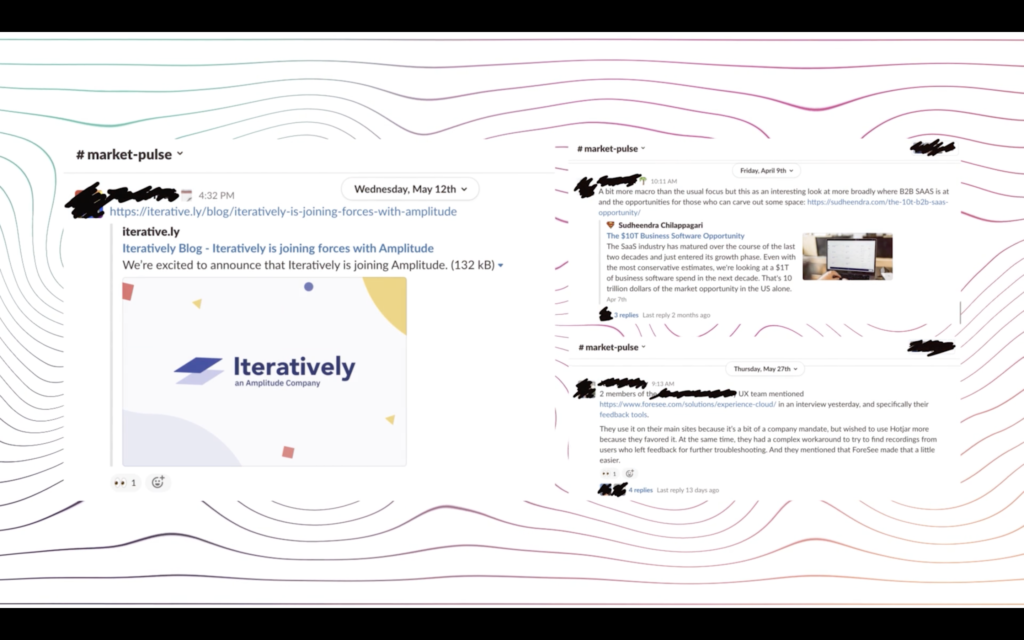
A space to keep everything in one place will help avoid redundancy and misplaced articles.
Figure out a lightweight approach that feels natural to your workflow to help your team keep track of the signals most relevant to your product and industry.
Now that we know how to read the signals and organize them in ways that fit our mental models let's move on to the second of four trend forecasting techniques that product managers can use to prepare for product-led growth.
#2: Identify Relevant Trends
Signals and trends have no boundaries in which industries or business models they might impact.
So get ready because we're going to do a rapid trend analysis here.
In January 2021, Finesse, an LA-based fashion brand, raised $4.2 million in seed funding to build fashion's first artificial brain.
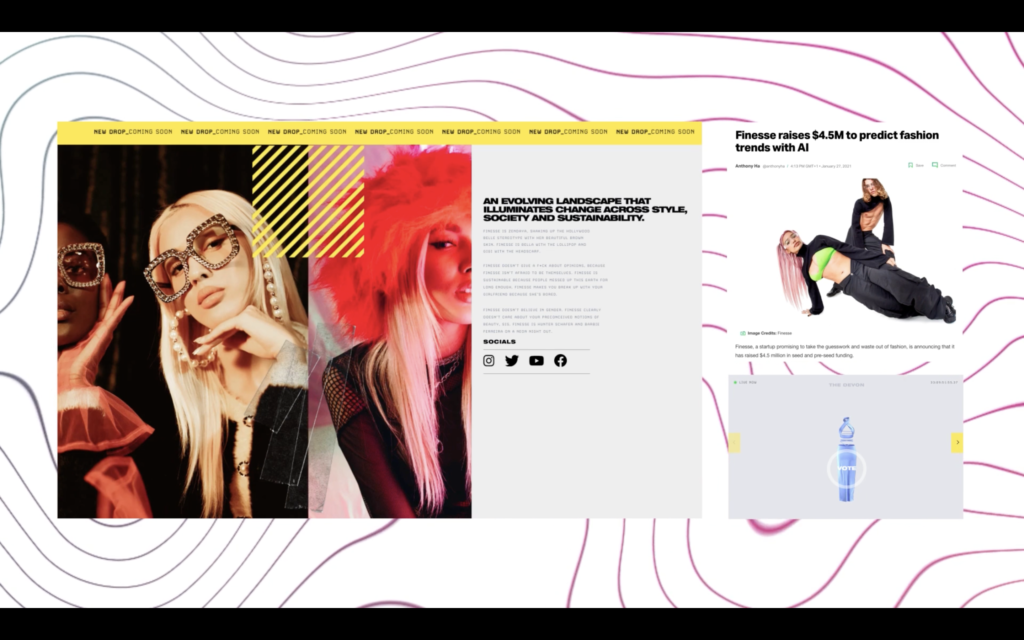
Finesse works by scouring the internet to see which materials, styles, cuts, colors, etc., are most in-demand and then use it to create designs, which its customers upvote. Finally, the designs that get the most votes are sent off for production.
This design model has no room for middlemen like distributors or retailers because they've created a direct relationship with their customers and a tight feedback loop to know exactly what their market wants.
Another signal is Audius.
Audius is creating a decentralized community of artists, listeners, and developers to create a platform where people can create, share, and defend music.
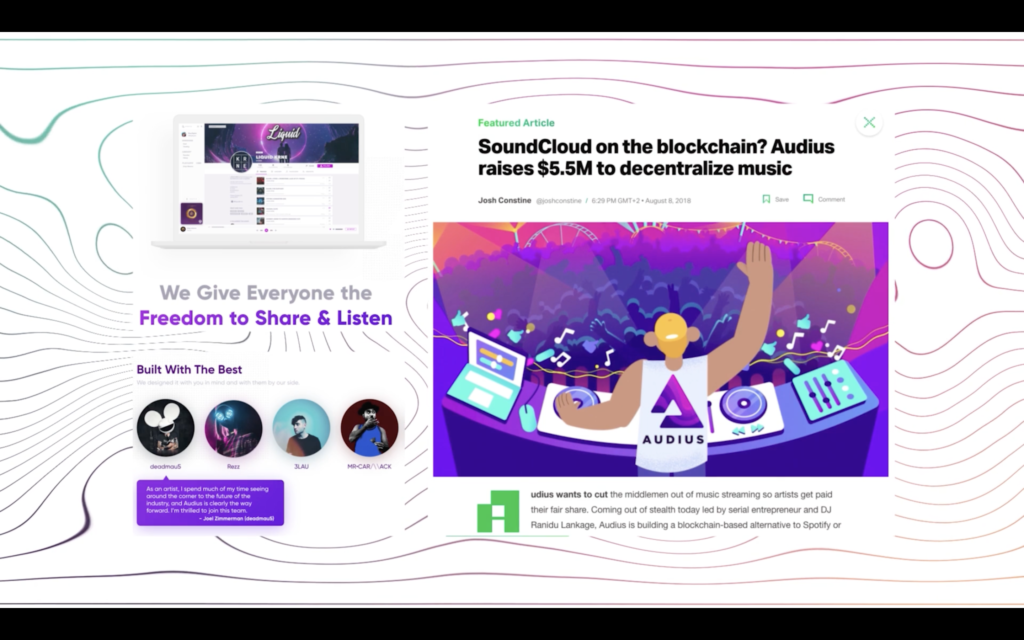
Spotify pays just 52% of its revenue to the artists who create content on its platform, while Apple pockets 30% to 40% of the profits from each album sold.
Audius is making a platform where artists can share their content and have a meaningful stake in the company.
This shows how much ownership is held by their investors, advisors, the company’s founding team, and most importantly, the community of 10,000 listeners and artists that make up the Audius platform in real-time.
Now, why is this such an important signal?
It takes the unbundling of the music industry to another level. When iTunes launched, it completely shook up the music industry in a way that nobody expected.
But the truth is the power that record labels used to hold has primarily shifted to streaming services in the last two decades.
Audius isn’t alone either. There's plenty of other players doing this: Opulus, Ujo Music, [Icina].
This is an example of decentralization taking shape right before our eyes. Can you guess how it's enabled?
Blockchain. Did you think we would talk about trends in 2021 and not touch on a blockchain?
Let's use that as a segue to the next signal.
Cryptocurrencies like bitcoin are going completely mainstream. So there’s a ton of signals.
Not only are relatives from other generations probably asking you if you've heard of bitcoin, but big established financial players are pushing the decentralization of finance into the mainstream.
In fact, in October of 2020, PayPal announced that it would accept bitcoin as a payment method for many merchants on its platform.

Six months later, they announced that it would be available to almost all merchants.
The CEO of PayPal, Dan Schulman, is a visible advocate toward the movement of decentralization. He told reporters, "The shift to digital forms of currencies is inevitable, bringing with it clear advantages in terms of financial inclusion and access."
But it's not just PayPal who's moving this into the mainstream. It's other established players too.
In May of 2021, Standard & Poor's announced three new indices: the S&P Bitcoin, the S&P Ethereum, and the S&P Cryptocurrency MegaCap indexes.
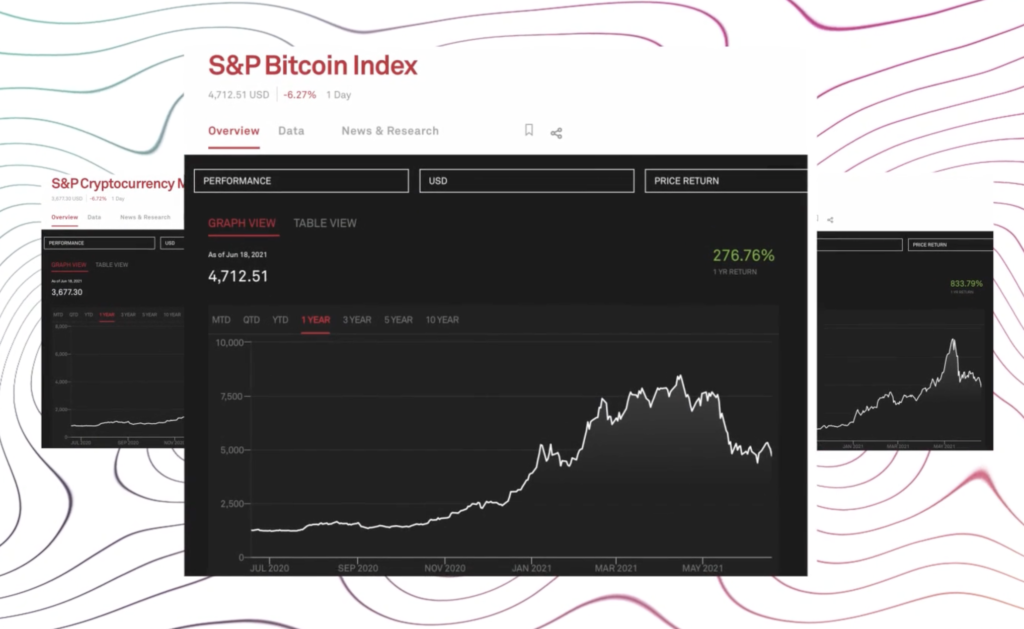
Let's review these three signals in isolation.
- The fashion industry is capturing the zeitgeists in fashion by producing the designs that its customers upvote the most.
- A music platform coming out with meaningful ownership from the artists who create and share their own content.
- Big finance players pushing the decentralization of finance into the mainstream through blockchain-enabled cryptocurrencies.
But what exactly do these signals mean?
While these are seemingly disconnected signals, the common denominator is a trend to decentralize, blurring the lines between producers and consumers.
Now we have a market where users, who make things, become the users, who consume things, who become the users who make things.
And around and around we go.
Remember that it doesn't matter if you like any of these signals.
What matters is that through an evidence-based approach to assess and understand the signals around you, you can see how current trends are forming and how they are taking shape.
This brings us to the next trend forecasting technique.
#3: Understand the trend drivers
There are external sociological forces that impact us in our day to day that we don't necessarily talk about openly.
These are things like a global pandemic, climate change, and unthinkable inequities in our past and present.
While these might not be the topics that come up in your typical retrospective or sprint planning, they are the realities that we're collectively confronting.
To understand why certain trends are taking shape or why things are moving in a particular direction, we must understand those sociological forces behind the trend.
This is likely music to your ears for product managers because understanding “why” is a huge part of your work. And like product managers, trend forecasters spend a lot of time and energy trying to understand the conditions that mold a trend into shape.
So for the rest of this article, we'll define a trend driver as the external forces that have led to a trend's existence.
To understand the “why,” product managers need to team up with colleagues across the business, from design to research to marketing, and prioritize discovery.
If we think about the trends we just assessed, decentralization is blurring the lines between producers and consumers. So the question here is: why are people moving in this direction?
One reason is that people are tired of completely faceless transactions where there are very strict roles on each side of an exchange.
It exposes that we crave a mutually beneficial exchange where our contributions are valued, with no hard line between the maker and the user.
So for product managers who want to prepare their products for the future for continual product-led growth, they need to understand how those trends affect what we think and do because those are the trend drivers. And by having a better understanding of those trend drivers, you will have a more comprehensive understanding of the context of your customer.
Before you get too excited to jump on a given trend, you must understand where it is on the adoption curve.
This brings us to our fourth trend forecasting technique
#4: Strategies to assess where the trend is
The best way to understand what the innovation adoption curve illustrates is through its origins.
The curve started with a French lawyer from the 19th century who reviewed many legal cases and court judgments and plotted them along a line. He observed that the rate of adoption of a new idea, evidenced by decisions and amendments in the legal system, usually followed an S-shaped curve over time.
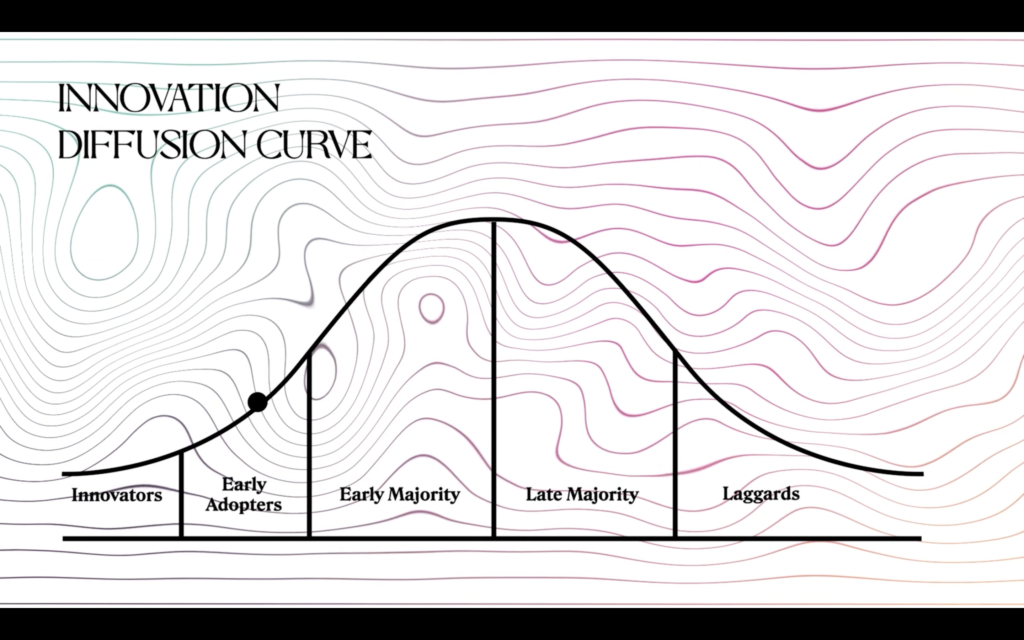
The curve helps us understand why we see only half of the bell curve related to trends. By the time the trend hits the laggards, it's already become the mainstream or the status quo, whether it's an idea, a movement, a philosophy, a product, whatever.
Once it hits the laggards, it drops down to the other side of the curve, as it has created the conditions for something new to disrupt, something new that the innovators and early adopters demand.
Here are four strategies product managers can use to assess where a trend is on the curve.
- Check out search query data: this will help you see where people's headspace is, what new topics they are looking into, and how interest is distributed around the world over a certain period of time or in a certain place.
Search query data is how we determined the taco cleanse was a fad, and those circular economics had staying power.
- See where investors are putting their bets: and not the investors in publicly traded stocks, but the earlier stage.
A great example and resource for this is Y Combinator.
Y Combinator is a legendary seed-stage investor and startup accelerator program. Over the last couple of decades, they've put bets on many products that are household names.
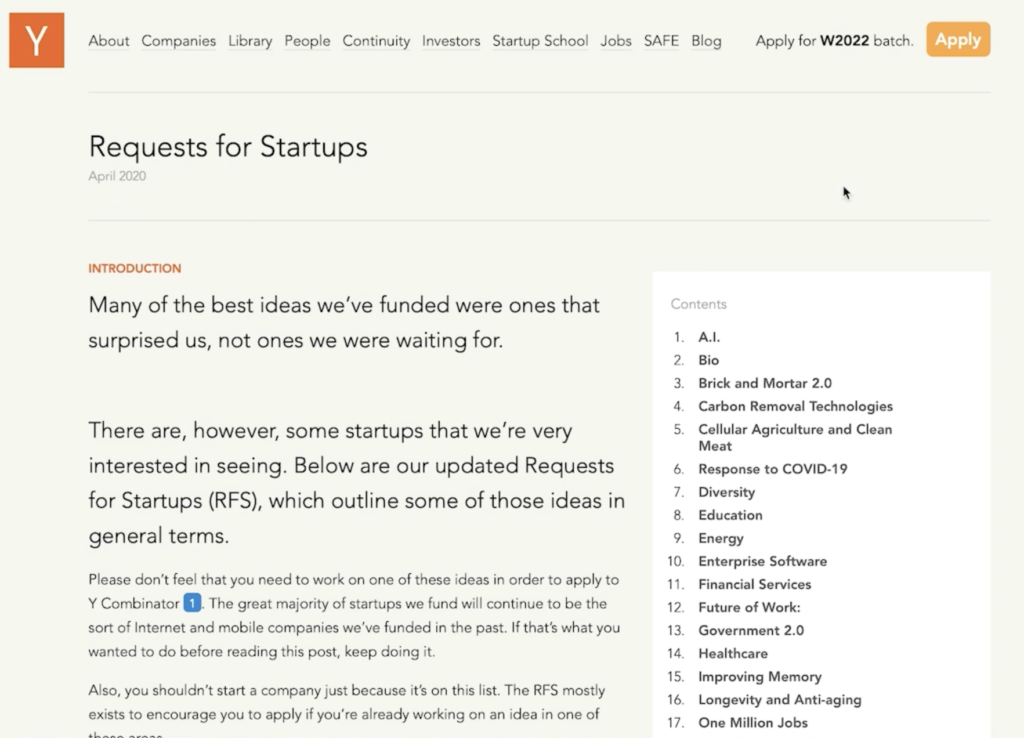
Y-Combinator puts out a request for startups that covers over 20 themes they want to invest in every year.
3. Look to trend forecasters: The Future Laboratory, based in London, puts out a Future Forecast every year.
Every year the Future Forecast puts out a list of key trends and insights that they see across ten different sectors, from travel to tech to beauty and youth and beyond.

- Focus on that important, not urgent work: Really this is all about discovery. When working on discovery, remember to:
- Assess signals and make sense of them.
- Identify relevant trends from the signals.
- Understand the “why” behind the trend through trend drivers.
- Assess where the trend is on the innovation adoption curve.
A Final Piece of Advice
Here’s a final bit of advice for product managers to make moves in the right direction regarding the trends we’ve reviewed throughout the article.
In a time where the lines are beginning to blur between producers and consumers, it's time for people who make products to get closer than ever before to people who use those products.
In your discovery, don't limit your customer interactions to an interview with a list of questions but make it feel like a conversation. It's time to level up customer inclusion in how we build and what we build.
Through these trend forecasting techniques and the notion of co-creation, product managers can go from feeling they don’t have enough time for discovery to feel confident that they do.


